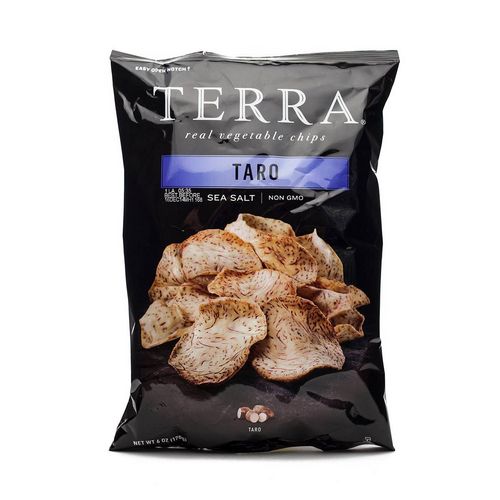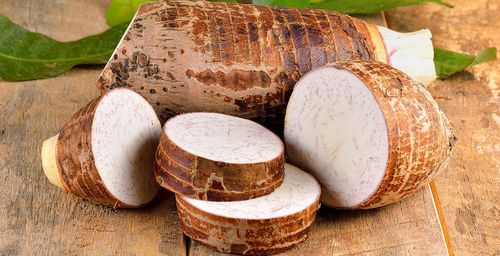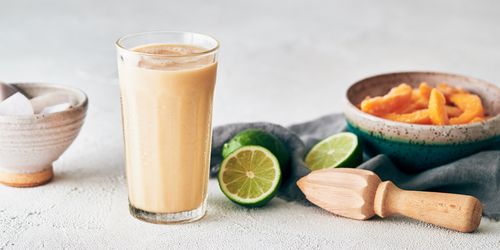
Kale, the more popularly known type of cabbage, comes from the cabbage family (Brassicaceae). In the early part of the 1900s the name “kale” was given to the small purple-greenish vegetable with stalks growing in clusters on tall upright stalks. The scientific name for this cabbage variety is colocasia esculenta, but the term is commonly referred to as “taro” in most locations.
Colocasia spp. is a succulent tropical plant, grown mostly for its corms (or edible leaves), a root vegetable more commonly called taro, or “kanzama” in Hawaiian. It’s the world’s most popularly cultivated variety of several other plants in the same family, namely, the onion family (Alliums) and the cabbage family (Brassicaceae). The corm of taro has been cultivated since pre-historical times. In Hawaii, the Hawaiian name for the corm is “kalo”, while the other names for it include “kokopuna”, “pukake”puhu hana”.
The corm of the plant has long been prized for its succulent flesh, although other edible parts, like the leaves, stems, and root, are equally desirable. The green, leafy corm that grows on tall, upright stems is harvested when it’s about half an inch tall, the other portions being cut off. The leaves of the plant are also trimmed, while any sprouts or seeds are discarded. Taro is then steamed or baked, depending on the season, to remove the corms and other parts. After steaming, it’s seasoned with salt and spices.
The corm of the plant is known for its high fiber content and is often used for a wide range of health-giving applications in Hawaii. It’s one of the few Asian vegetables that can be eaten raw, which is why the natives of Hawaii have long prized it for centuries. As an example, raw, uncooked taro root is cooked into a thick paste as a refreshing drink served hot, adding a dash of pepper or other spicy ingredients. It’s also applied topically as an oil on inflamed blisters or scrapes, and sunburns. and other abrasions.
Because taro contains very little fiber, however, its fiber content is not able to penetrate deeply into the skin. This makes taro unsuitable for those who suffer from constipation, as it can irritate the rectal lining and colon. Another common problem encountered by people with constipation is diarrhea.

This is due to the large amount of water content of taro, which leads to excessive urination.
If you suffer from indigestion, taro can help alleviate symptoms like heartburn, gas, belching, stomach cramps and bloating. It’s a rich source of vitamins C, B complex, iron, magnesium and potassium. It’s also good for skin and hair. In Japan, taro root has been used for centuries as an antiseptic and as a digestive aid, used in medicine as a remedy for colds and cough.
As a dietary supplement, taro root can be taken either in tea form or juice, either taken as a tincture, and it’s been used traditionally in many Asian cultures for centuries. It’s also been used for stomach pains and nausea, in folk medicines and in some Chinese herbal formulas. Other uses include the treatment of stomach ulcers, acne, digestive disorders and heart disease. In addition, there are reports of it’s anti-inflammatory properties, including the treatment of arthritis.
One disadvantage of taro is that it’s a very heavy, starchy vegetable that is difficult to digest, so most people find that their digestion is not the best when consuming taro for the first time. Also, the high fiber content means that after the route has already been absorbed into the body it can take a while to pass through the system. This is one reason taro is usually combined with other herbs such as ginger and black pepper for a faster digestive process.
